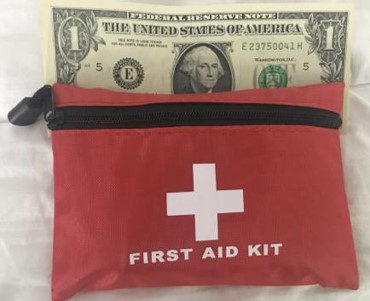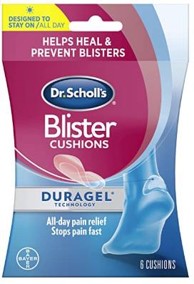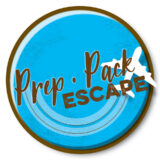Disclaimer: We are not medical professionals, please consult with your medical professional(s) to customize your travel first aid kit.
The CDC encourages travelers to pack a first-aid kit or a travel health kit for common medical emergencies. I have packed a small travelers first aid kit for many years. There have been times where I did not have something I needed, but those times have been infrequent and I was able to buy it at the local pharmacy.
I take a few of each of the common items I may take on a regular basis at home. If you take prescription medications, it is advised to carry that medicine in its original containers with clear labels that identify your name and dosing schedule. If you have a chronic condition, such as diabetes, seizures, or allergies, consider wearing a medical alert bracelet.
Here is a list of items in my first aid kit:
- Acetaminophen, ibuprofen, or aspirin for headaches, pain, fever, and simple sprains
- Antihistamines to relieve allergies
- Antibacterial hand wipes or an alcohol-based hand cleaner (should contain 60% alcohol or more)
- Bandages/plastics of assorted sizes to cover minor cuts and scrapes
- Safety pins (about two of them)
- Blister pads (I swear by Dr. Scholl’s Blister Cushion)
- Antiseptic wipes to disinfect wounds
- Antibiotic ointment to prevent infection in cuts, scrapes, and burns
- Cough and cold medicines
- Antacid medicine for tummy, heartburn
- Anti- diarrhea for tummy (Kaopectate, Pepto-Bismol, Imodium)
Note: Talk to your doctor about a prescription travelers diarrhea medicine, especially if you are going to a country with questionable food and water. (https://wwwnc.cdc.gov/travel/destinations/list)
Note: Make sure children cannot get into the first-aid bag; use child safety caps whenever possible. Also be aware of volume limits in carry-on bags. Some of these items may need to be packed in your checked luggage.

Material: Nylon. Size: 15*11*0.2cm/5.9*4.3*0.1inch (Amazon)

Dr. Scholl’s Blister Cushion (Amazon)

